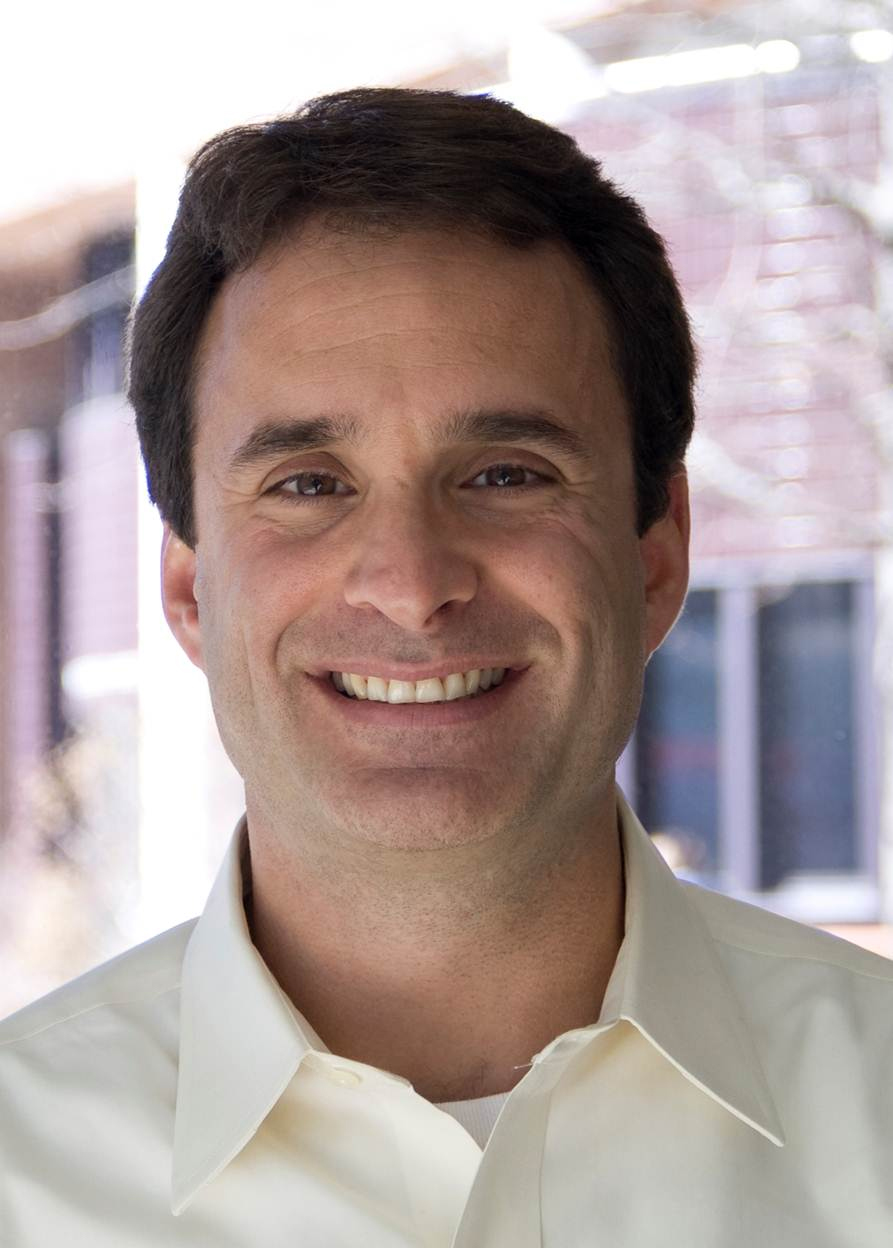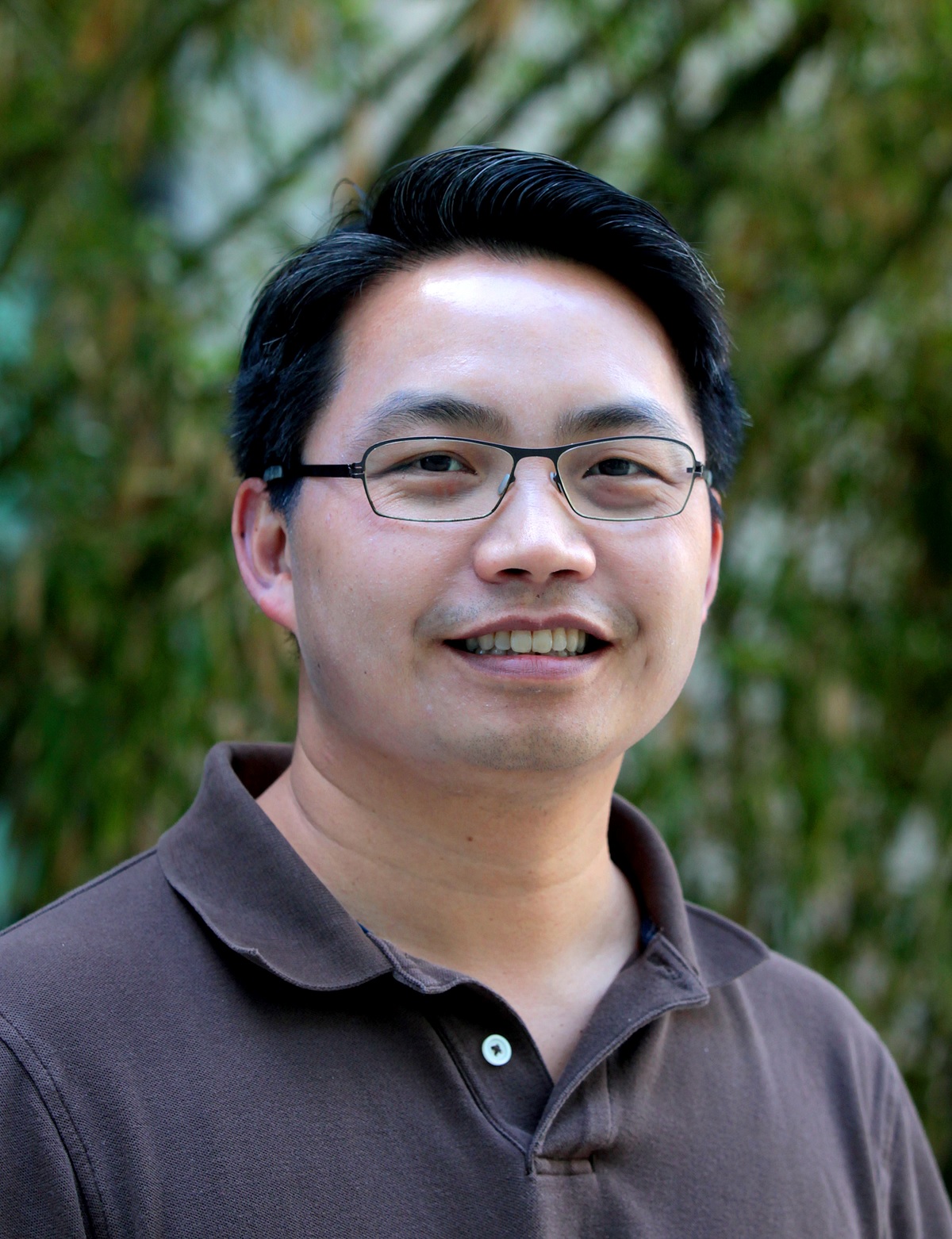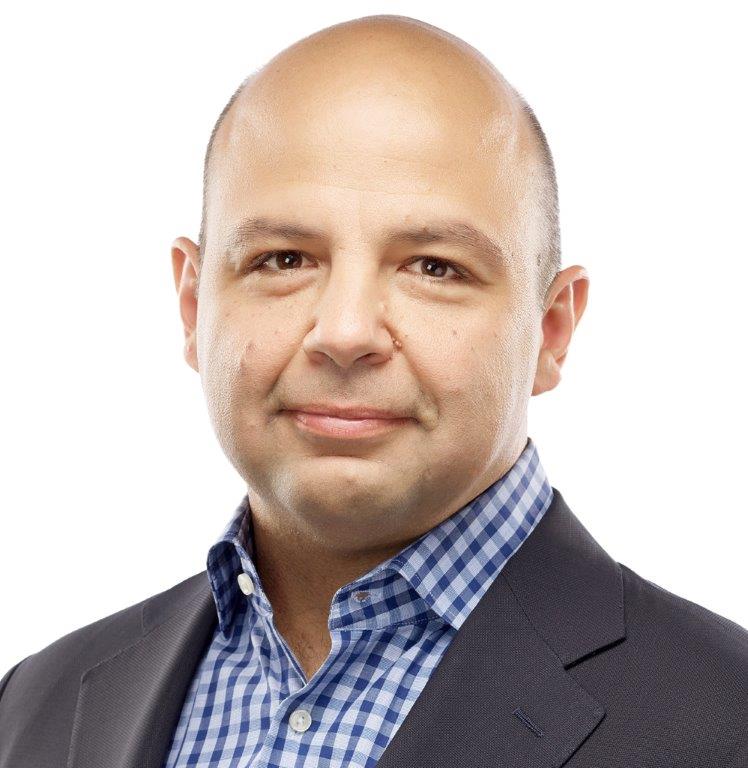The 2015 winners are Bradley Bernstein, MD, PhD, of Massachusetts General Hospital and Harvard Medical School, whose research is focused on epigenetics with a particular interest in chromatin; Howard Chang, MD, PhD, of Stanford University, who studies how called long noncoding RNAs help cells know where they’re located in the body; and Daniel Durocher, PhD, of the Lunenfeld-Tanenbaum Research Institute and the University of Toronto, who studies how cells maintain the integrity of their genomes, in particular how they deal with DNA double-strand breaks.
Bradley E. Bernstein
Bradley Bernstein, MD, PhD, is a professor of pathology at Massachusetts General Hospital and Harvard Medical School and an Institute Member of the Broad Institute of MIT and Harvard. He earned his MD degree and a PhD in biochemistry from the University of Washington School of Medicine.
Dr. Bernstein’s research is focused on epigenetics — changes in genes that are passed down from one generation of cells to another but are not encoded in the DNA sequence. Specifically, his lab studies how the protein scaffold called chromatin packages long strands of DNA in the nucleus of each cell, and how this packaging influences both normal development and cancer.

“Over the years my lab has developed ways to map and to modify the regulatory state of our DNA. For example, we’ve identified and modulated epigenetic switches that turn our genes ‘on’ or ‘off’ in different cell types,” Dr. Bernstein explains. “We’ve used these tools to identify epigenetic defects in cancer cells, and to understand how these defects contribute to the initiation and progression of tumors.”
His discoveries have implications for understanding many types of cancer — brain tumors and leukemia in particular. “Cancers tend to be very heterogeneous, meaning that the individual cells in a patient’s tumor can vary greatly in terms of their epigenetics,” he says. “Epigenetic variability between cancer cells is critical to tumor progression, and helps explain why some cells resist therapy, causing relapse.”
One of Dr. Bernstein’s goals is to translate the laboratory tools he’s developed into diagnostics that characterize a patient’s tumor at the molecular level. “The idea is to ensure that patients receive a drug regimen that eliminates all of the different types of cells in their tumor,” he says. He is also enthusiastic about emerging therapies that directly target the epigenetic machinery, and “is especially honored to receive this award given the pioneering work of Paul Marks in this area.”
Bradley Bernstein’s webpage at Massachusetts General Hospital and Harvard Medical School
Howard Y. Chang
Howard Chang, MD, PhD, is a professor of dermatology at Stanford University and a faculty member of its cancer biology PhD and epithelial biology programs. He is also director of the Center for Personal Dynamic Regulomes at Stanford.
His lab studies how cells know where they’re located in the body. “It turns out that there’s a whole coordinate system, kind of like a GPS, that tells cells where they are,” he says. “Genetic changes that occur in cancer can make a cell think it belongs somewhere else, commandeering the system that allows tumor cells to spread. This process is called metastasis, and it’s one of the worst things that happens in cancer because it makes the disease very hard to treat.”

In his recent work, Dr. Chang discovered that genetic material called long noncoding RNAs (also called lncRNAs, pronounced “link” RNAs) helps cells sense where they are. These lncRNAs are part of what is sometimes called the “dark matter” of the genome — the 98 percent of genetic material that does not encode for proteins.
One of the first lncRNAs he discovered is called HOTAIR, which he found could be used to predict whether breast cancer will spread. “If a woman’s breast cancer has high levels of HOTAIR, she is two to three times more likely to die of the disease,” he says. “This lncRNA is actually causing metastasis in breast cancer and other types as well. It also showed a lncRNA can be used as a prognostic.” Many lncRNAs are now known to be intimately involved in many types of cancer, and the FDA has approved diagnostic tests to measure lncRNAs for certain forms of the disease.
Dr. Chang is also a practicing dermatologist. “Wanting to understand skin is what got me interested in this field of study,” he says. “I wanted to know how skin cells know where they are, so that skin on your scalp grows hair while skin on your palms does not.”
He earned his PhD degree in biology from the Massachusetts Institute of Technology and his MD degree from Harvard Medical School.
Howard Chang’s webpage at Stanford University
Daniel Durocher
Daniel Durocher, PhD, is Assistant Director of the Lunenfeld-Tanenbaum Research Institute, part of Sinai Health System, in Toronto and a professor of molecular genetics at the University of Toronto.
He is being recognized for his research on how cells maintain the integrity of their genomes, and especially how they deal with a particular type of damage called the DNA double-strand break. “Double-strand breaks endanger the stability of our genome and can lead to chromosome rearrangements and mutations that cause cancer,” he explains.

Much of his recent research has focused on how the BRCA1 protein helps cells respond to DNA damage. (Mutations in the BRCA1 gene, and another gene called BRCA2, are linked to cancer of the breasts and ovaries, among others.) BRCA1 is a tumor suppressor, which means its function is to prevent tumors from forming.
“We’re trying to understand how this damage response is controlled,” Dr. Durocher explains. “For example, women with BRCA1 mutations with ovarian cancer respond very well at first to chemotherapy with platinum-based drugs, but then they develop resistance. Resistance can develop because cells reorganize how they deal with double-strand breaks. We hope that by understanding this control mechanism, we’ll be able to develop ways to intervene in the future.”
His lab is also looking at ways to apply laboratory techniques such as RNA interference and genome editing to better understand the response to DNA breaks. “It’s a technology-based expansion of our program and allows us to attack these questions with a lot more precision,” he notes.
He earned his PhD degree in experimental medicine at McGill University in Montreal.
Daniel Durocher’s webpage at the Lunenfeld-Tanenbaum Research Institute